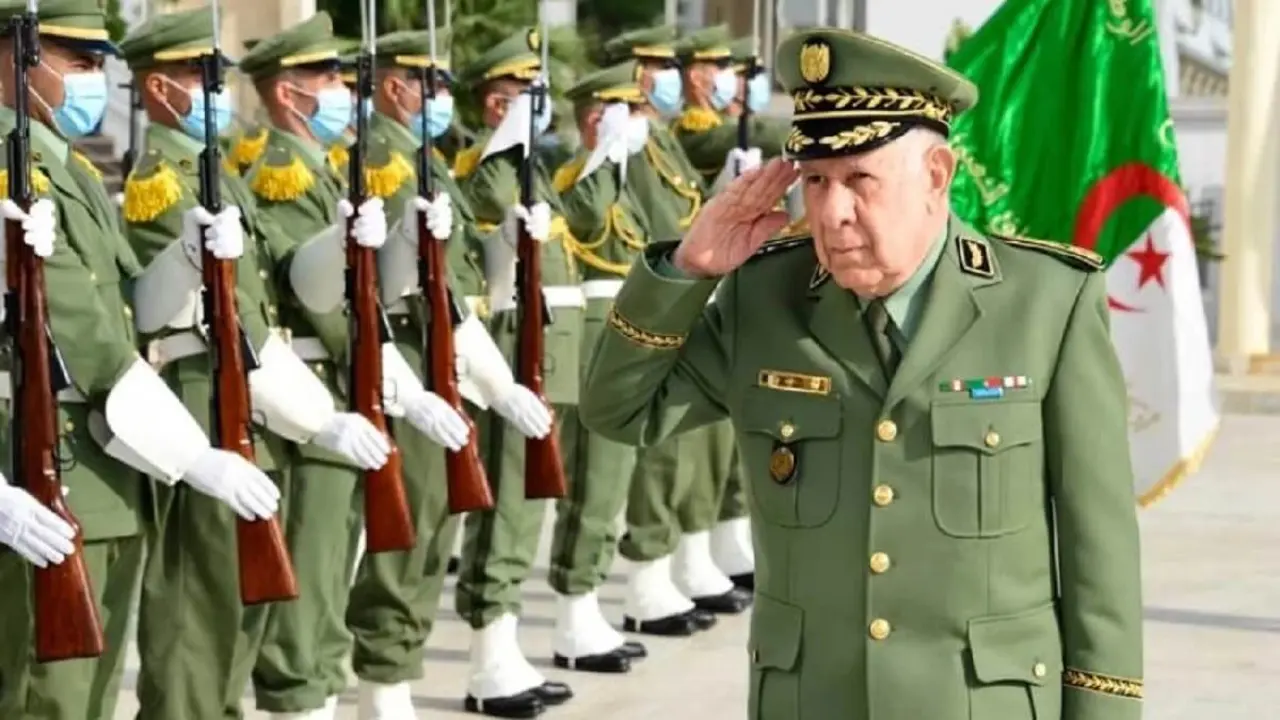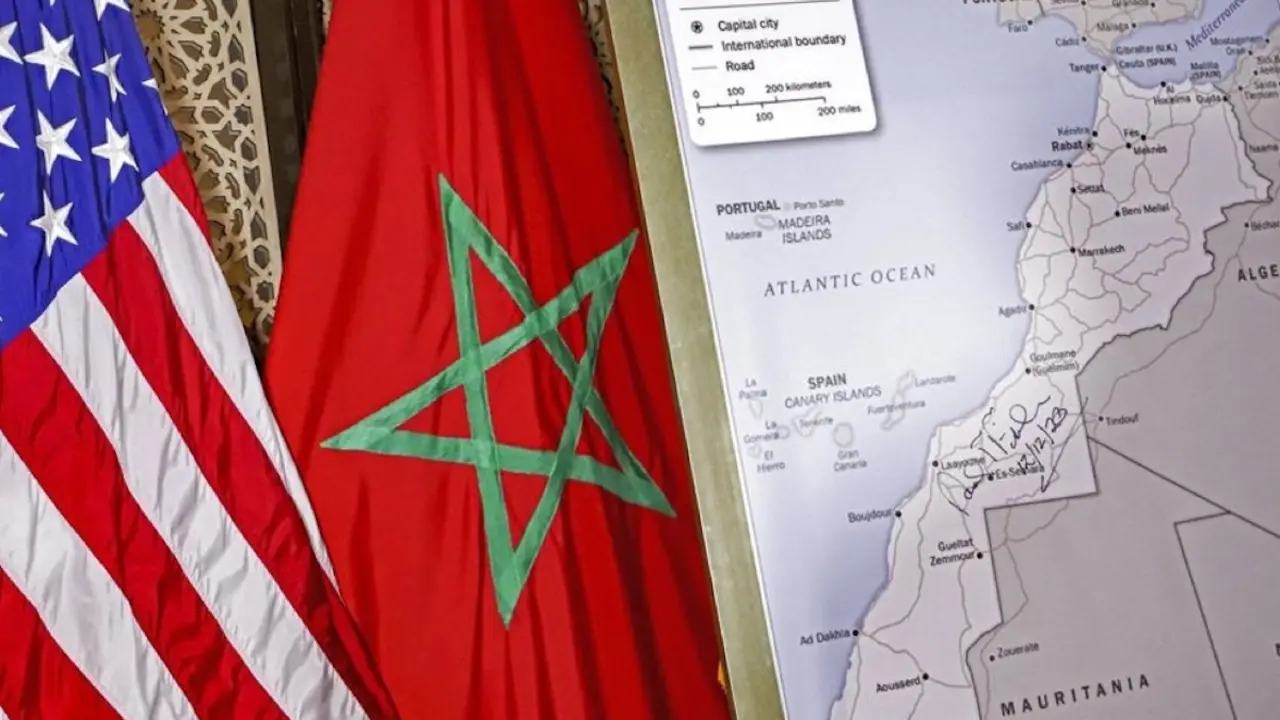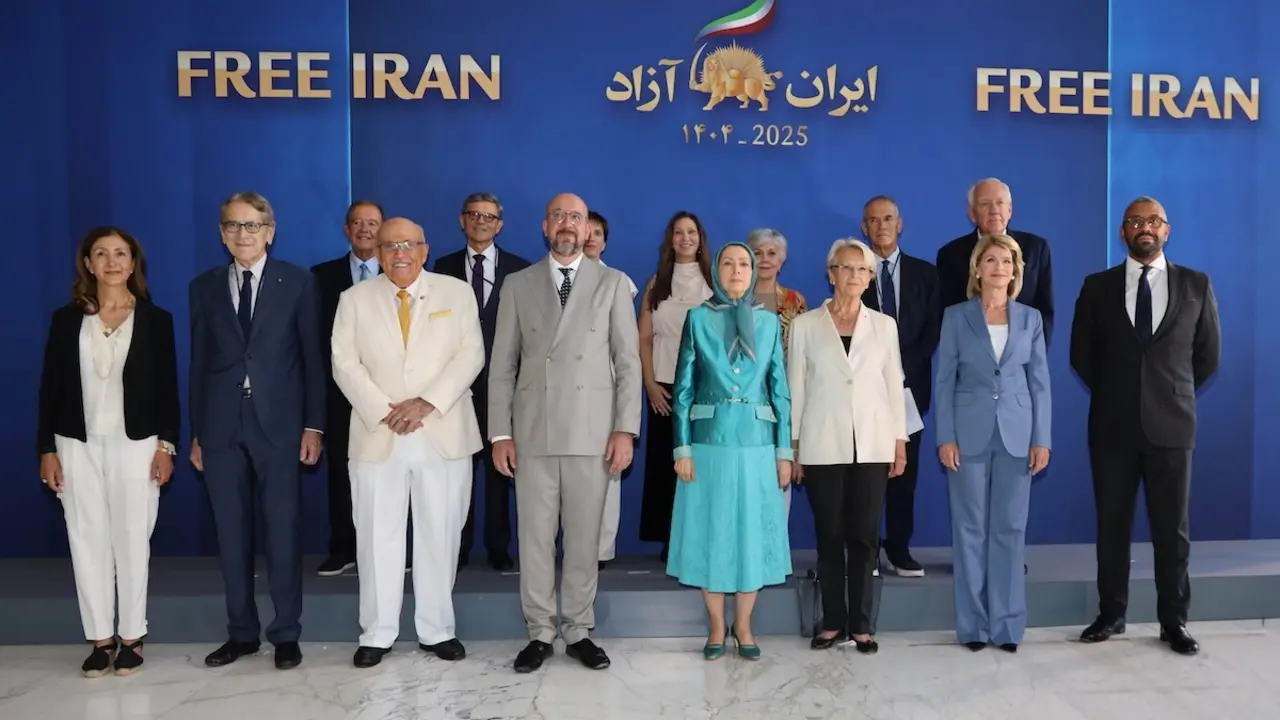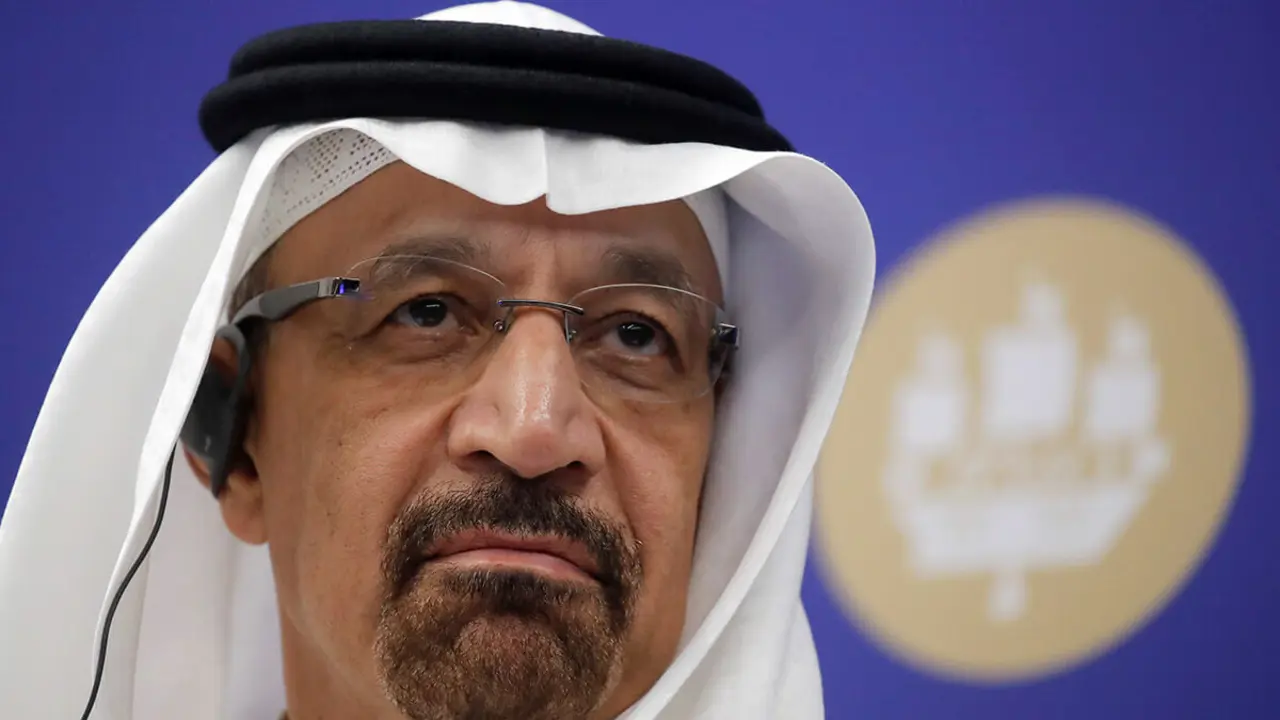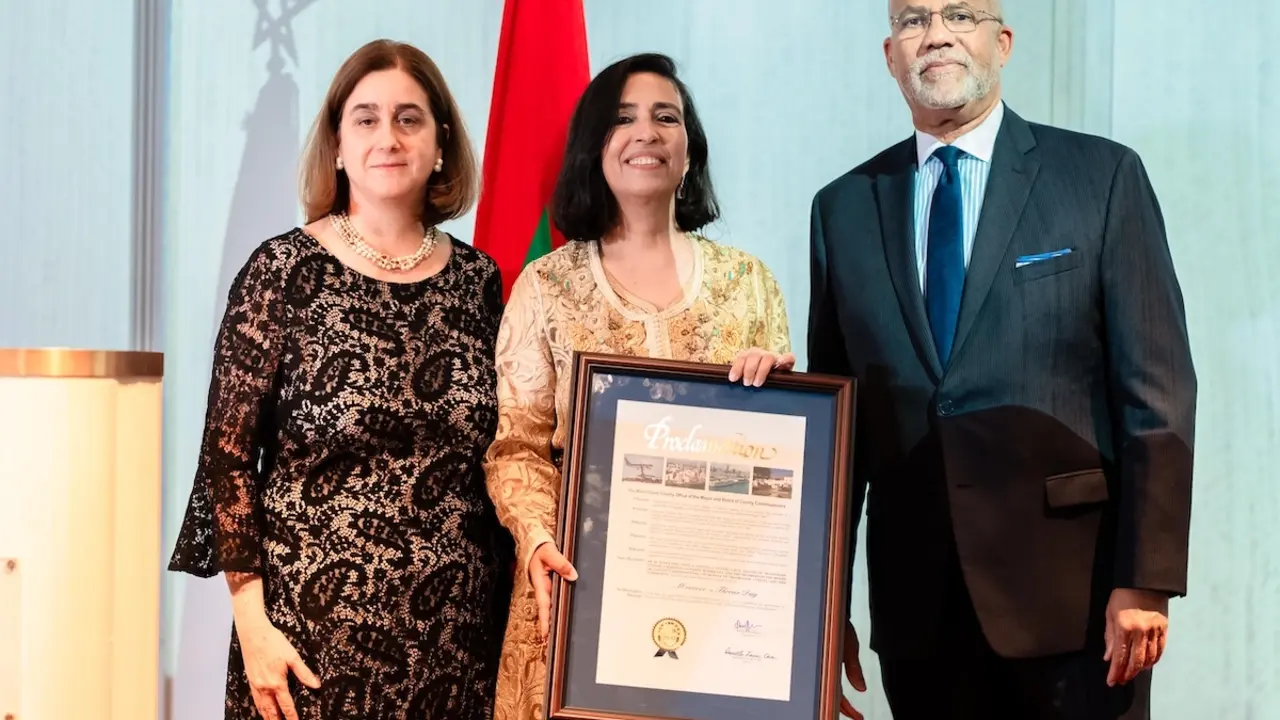The Libyan warring parties agree to open land and air routes
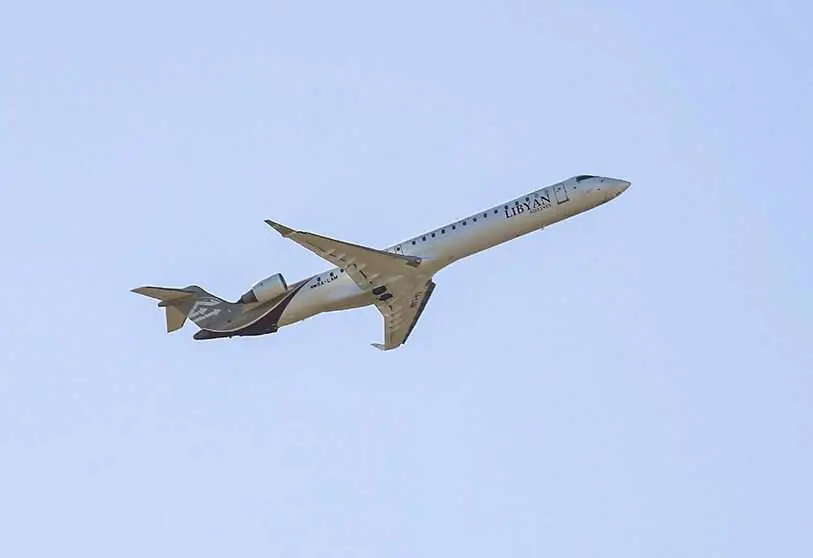
Las partes en conflicto en el polvorín libio acordaron abrir rutas aéreas y terrestres en el país, según confirmó la enviada interina de la ONU en el país, Stephanie Williams.
Durante una conferencia de prensa, Williams dijo que estaba "bastante optimista" de que las conversaciones entre las partes en el conflicto conducirían a un alto el fuego duradero después de que acordaron reabrir las rutas terrestres y aéreas entre ellas.
Las dos partes, reunidas en Ginebra esta semana, también acordaron mantener " el actual estado de calma en el frente y evitar cualquier escalada militar".
Las negociaciones intra-libias se reanudaron en Suiza el lunes con la reunión de la Comisión Militar Conjunta de Libia (JMC9-5 + 5, bajo el liderazgo de Williams. La labor del 5 + 5 JMC, la vía de seguridad, es una de las tres -Libyan pistas en las que trabaja la misión de apoyo de la ONU (UNSMIL) para llevar a cabo a cabo la paz al país norteafricano.
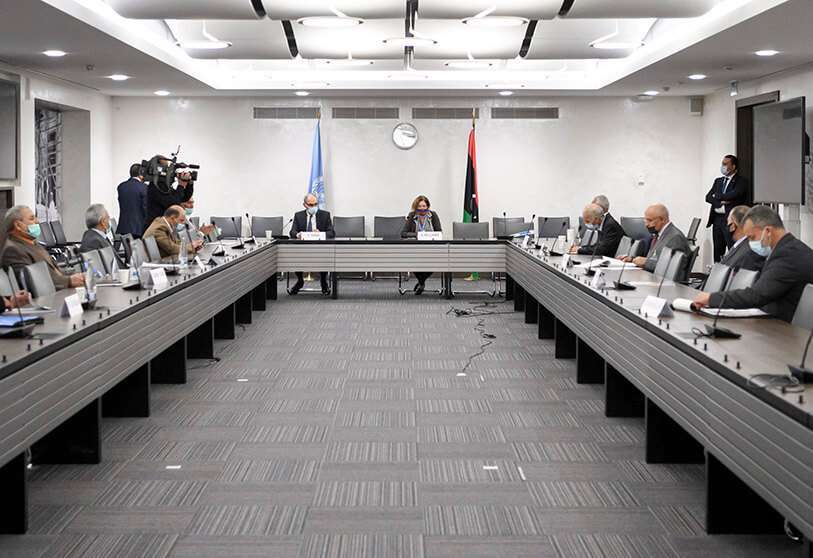
Flights between the Libyan capital and Benghazi resumed on Friday after an 18-month hiatus, amidst an easing of tensions between a Tripoli-based administration and rival authorities in the eastern city. "A plane from Afriqiyah Airways ... landed Friday morning at Benina International Airport" from Tripoli's Mitiga Airport, carrying a delegation of Libyan airline representatives along with aviation officials, the National Accord Government said on Facebook.
Commercial flights between Benghazi and Tripoli were suspended shortly after Khalifa Haftar launched a military campaign to take the capital in April 2019. Its forces were turned back in June this year. Flights only resumed from Mitiga, the only functioning airport in the Libyan capital, in August after a shutdown due to fighting and coronavirus restrictions. Despite the recent announcement of a ceasefire, security remains a major concern for Libyan airlines.
In a statement, the UN mission in Libya said it hoped the two delegations would reach a solution to all outstanding issues in order to achieve a complete and permanent ceasefire in the North African country.
The others are economic and political tracks, which emerged from the 2020 Berlin Conference on Libya at the end of January, the UN said. There are currently three negotiating tracks open in three different locations: in Geneva, where negotiations began in February to map out the first steps to be taken.

In Morocco, Bouznika, political and structural peace pacts are being discussed. And in Egypt, Hurgada, where the steps to be taken towards a ceasefire and the agreement on military and security restructuring are being discussed.
Estos caminos fueron apoyados por la Resolución 2510 de 2020 del Consejo de Seguridad, que instaba a ambas partes a llegar a un acuerdo para un alto el fuego permanente tras años de conflicto.
El país libio ha estado dividido desde los disturbios de la Primavera Árabe de 2011. Tras la muerte de Muammar al-Qadhafi, las crisis energética, económica y de salud están pesando sobre los ciudadanos que se han manifestado en las calles desde agosto contra los dos gobiernos enfrentados.
Libia tiene actualmente dos ejecutivos: el Gobierno de Acuerdo Nacional (GNA), dirigido por el Primer Ministro Fayez Sarraj, y el parlamento oriental de Tobruk, creado en 2014 y asociado con el Ejército Nacional Libio (LNA) comandado por el mariscal Khalifa Haftar.



